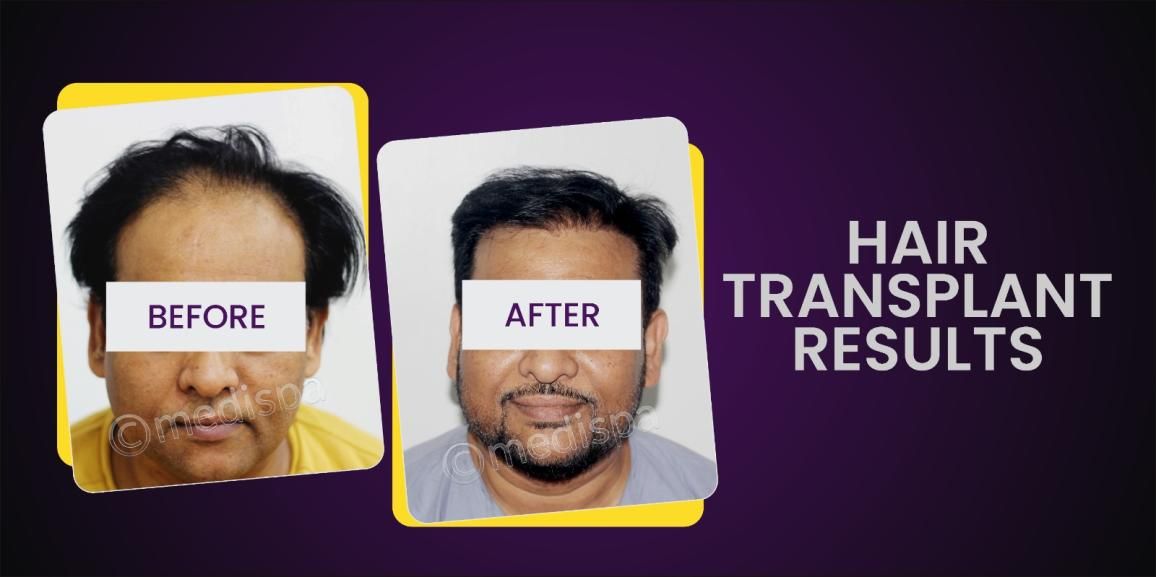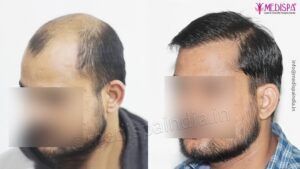
Hair loss is a common occurrence that most people experience at some point in their lives. The fear of losing hair can be quite distressing, leading many to seek out various remedies, both natural and chemical, before consulting a doctor. In today’s world, where appearance plays a significant role in both personal and professional life, having a full head of hair is often seen as an asset. If you find yourself struggling in social or work settings due to hair loss, consider opting for a hair transplant. This minimally invasive procedure involves extracting hair follicles from a donor area with sufficient hair density and transplanting them to areas where hair is thinning or balding. While the most common donor sites are the back and sides of the head, other body hair may also be used if necessary.
Hair transplantation is often misunderstood as a regenerative process, when in fact it is a purely restorative procedure that involves relocating hair follicles to areas with hair loss. Despite rumors of immediate results, the actual outcome takes months to become noticeable on the balding scalp. However, the wait is worthwhile as the results are promising. In the past, hair transplants had a negative reputation due to unnatural-looking outcomes, but recent advancements in technology have allowed for more natural and undetectable results. While hair transplant procedures are commonly advertised as risk-free and simple, like any surgical procedure, there are multiple risks involved if not performed by a skilled surgeon.
Hair transplant procedure
Your hair loss can be permanently treated with a hair transplant procedure. The hair roots are extracted from the donor area and then transplanted to the bald spot. The donor area is chosen based on the type of hair roots it has, and the hair roots removed during the procedure must be permanent to ensure lasting results.
There are two procedures for hair transplant: FUE and FUT. The methods of extracting hair roots differ between these two processes, and the choice between them depends on the extent of hair loss.
In a FUT hair transplant, a strip of donor area is removed and divided into parts, with each hair root being extracted and transplanted to the bald spot. In a FUE hair transplant, each hair root is individually removed from the donor area using a punch-like tool, and then implanted into the bald spot.
Each session of the operation typically lasts between 4 to 9 hours.
Recovery following hair transplant
You will not encounter any difficulties following the hair transplant procedure, so there is no reason to be concerned. While you may experience some slight swelling, tenderness, and itching, rest assured that these symptoms will dissipate within 3 to 5 days. It is important to adhere to certain precautions during the physical recovery period, which is expected to last 7 to 10 days. By taking a few preventative measures, you can return to your regular routine the day after the surgery, although it is advisable to take a few days off if possible. As such, undergoing a hair transplant is feasible even for individuals with hectic and fast-paced lifestyles.
Top benefits of the hair transplant procedure
Choosing the right surgeon for a hair transplant procedure can offer numerous benefits, such as:
- Minimal aftercare effort: The follicles of your own hair, which are transplanted during the procedure, will typically grow in sync with your natural hair growth cycle. This means you can treat your transplanted hair just like your regular hair, styling it as desired. The maintenance needed for post-transplant care is minimal, requiring strict adherence to the surgeon’s instructions for about a week.
- For one’s better appearance:In today’s society, one’s appearance holds significant importance in professional and social settings. Experiencing hair loss can negatively impact one’s self-esteem and sense of worth. However, undergoing a hair transplant procedure performed by proficient surgeons can enhance one’s appearance and stimulate hair growth in areas affected by baldness.
- Permanent hair restoration: Hair transplantation stands as the singular surgical procedure that guarantees lasting hair growth on the scalp, as there exists no permanent remedy for hair loss. Unlike various topical remedies, hair transplantation emerges as the exclusive and most effective treatment choice. By extracting and relocating hair follicles from DHT-resistant areas, the transplanted hair follicles retain the characteristics of the donor site, ensuring they do not diminish or reduce in size as time progresses.
- Your baldness is replaced by natural looks: Hair loss can be effectively addressed through a hair transplant, providing a natural and permanent solution for baldness. Skilled surgeons at a reputable hair transplant center can ensure that the procedure restores a youthful appearance with aesthetically pleasing results. Careful planning and execution of the transplant are essential to achieve the desired outcome.
- Economical:The Medispa hair transplant clinic stands out as a top choice in Delhi and Jaipur for delivering excellent results at a cost-effective rate. When it comes to hair transplant expenses, Jaipur offers a more affordable option compared to other metropolitan areas in India. This is why individuals from all corners of the country flock to the pink city in search of solutions for hair loss. However, it is important to exercise caution in Jaipur, as the city is known for fraudulent practices. Therefore, it is crucial to prioritize finding a reputable hair transplant clinic over opting for the cheapest alternative.







